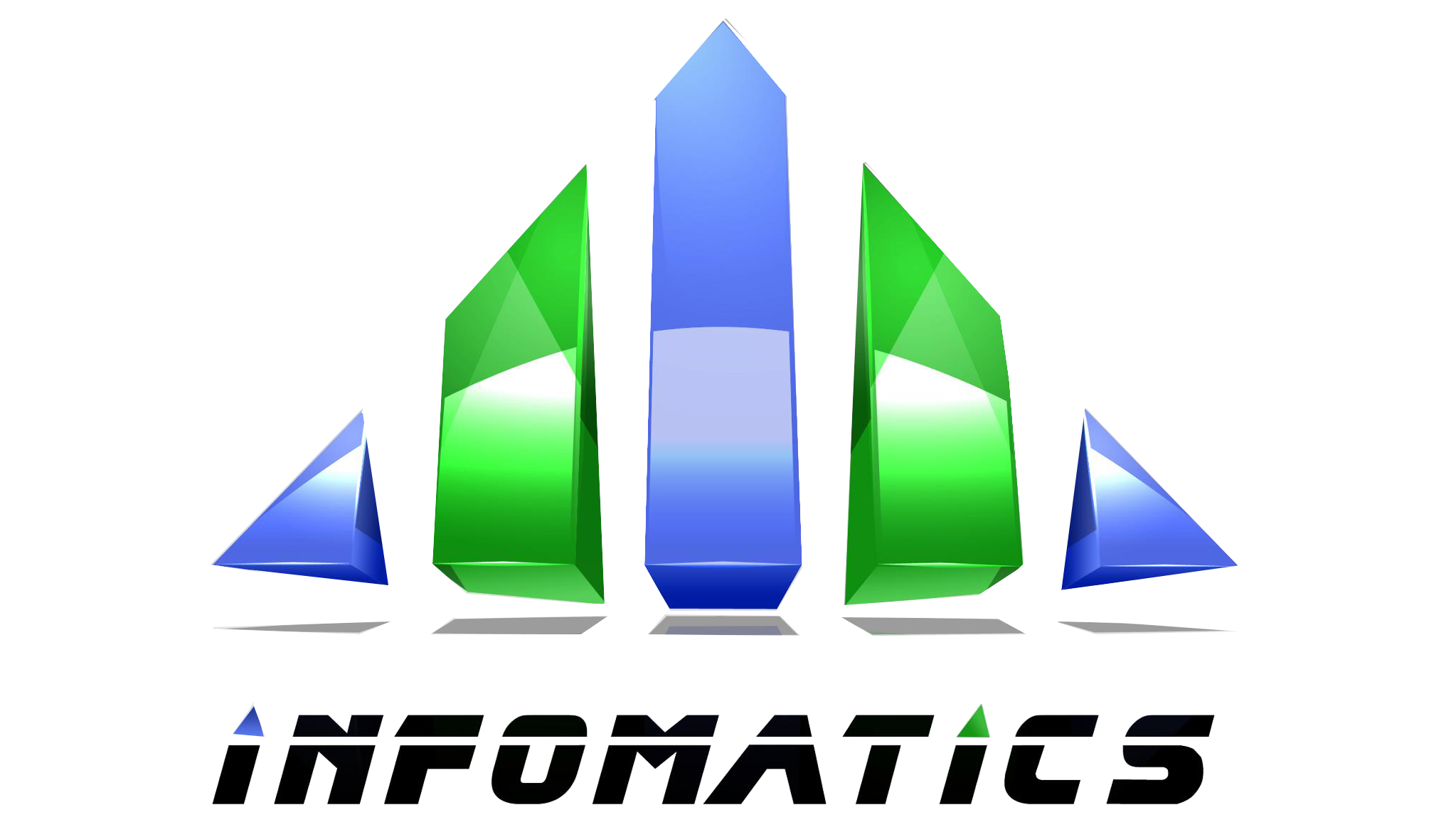In the ever-evolving landscape of the medical industry, ensuring the safety and integrity of products is of paramount importance. One crucial aspect in achieving this is an effective track and traceability system. The GS1 system has emerged as a powerful tool for enhancing transparency and traceability in the medical industry. This article explores the transformative impact of the GS1 system and how it is revolutionizing track and traceability in the medical sector.
Section 1: The GS1 System: A Foundation for Traceability 1.1 Understanding the GS1 System: The GS1 system provides a globally standardized framework for identifying, capturing, and sharing product information throughout the supply chain. By utilizing unique product identification codes, such as Global Trade Item Numbers (GTINs), companies can accurately track and trace products at each stage of the supply chain.
1.2 Ensuring Safety and Compliance: Implementing the GS1 system in the medical industry helps organizations meet stringent regulatory requirements. The drug industry is subject to regulations that require track and traceability of pharmaceutical products throughout the supply chain. By utilizing GS1 standards, companies can ensure compliance with regulations and ensure patient safety.
Section 2: Benefits of the GS1 System in the Medical Industry 2.1 Improved Patient Safety: The GS1 system enhances patient safety by enabling accurate identification and tracking of medical products throughout their lifecycle. With unique identification codes, healthcare providers can easily verify product authenticity, track usage, and identify potential recalls or expired items, thus reducing the risk of adverse events.
2.2 Enhanced Supply Chain Efficiency: Implementing the GS1 system streamlines supply chain operations in the medical industry. By capturing standardized product data, companies can optimize inventory management, reduce stockouts, and enhance order fulfillment. The real-time visibility offered by the GS1 system improves overall supply chain efficiency, enabling timely and precise product delivery.
2.3 Facilitating Recall Management: In the event of a product recall, the GS1 system enables swift and accurate identification of affected products, preventing further distribution or use. With the ability to trace products down to the individual unit level, manufacturers and healthcare providers can efficiently remove potentially harmful items from circulation, protecting patients and preserving trust in the industry.
2.4 Compliance with Regulations: The drug industry is subject to regulations that require track and traceability of pharmaceutical products throughout the supply chain. GS1 standards enable traceability of items in the supply chain, helping companies comply with regulations and ensure patient safety.
2.5 Elimination of Counterfeit Products: Tracking products across the healthcare supply chain eliminates counterfeit healthcare products, which can be harmful to patients. GS1 standards help ensure the authenticity of pharmaceutical products and increase patient safety.
2.6 Supply Chain Integrity: The drug industry relies on a complex supply chain involving multiple stakeholders and processes. GS1 standards help ensure supply chain integrity by providing a foundational framework that describes the traceability process and defines the minimum requirements for all stakeholders.
2.7 Harmonization of Trade Procedures: The adoption and implementation of GS1 traceability standards can help harmonize trade/customs clearance procedures for pharmaceutical products, facilitating international trade.
Section 3: Implementing the GS1 System: Success Stories and Challenges 3.1 Success Stories: Highlighting successful implementation stories of the GS1 system in the medical industry showcases its immense potential. Case studies demonstrating improved patient safety, streamlined supply chain processes, elimination of counterfeit products, and harmonization of trade procedures illustrate how organizations have leveraged the GS1 system to achieve tangible results.
3.2 Challenges and Considerations: While the benefits of the GS1 system are undeniable, certain challenges may arise during implementation. These include initial setup costs, infrastructure requirements, data synchronization, stakeholder collaboration, and ensuring compliance with regulations. Addressing these challenges through proper planning, education, and support can help organizations maximize the potential of the GS1 system.
In a time where patient safety, supply chain integrity, and regulatory compliance are paramount, the GS1 system serves as a powerful solution for track and traceability in the medical industry. By leveraging globally standardized product identification and data exchange, organizations can enhance patient safety, optimize supply chain operations, eliminate counterfeit products, ensure compliance with regulations, and facilitate international trade. The GS1 system paves the way for a more transparent, secure, and efficient future in the medical industry, ensuring that patients receive the safe and authentic products they deserve.

